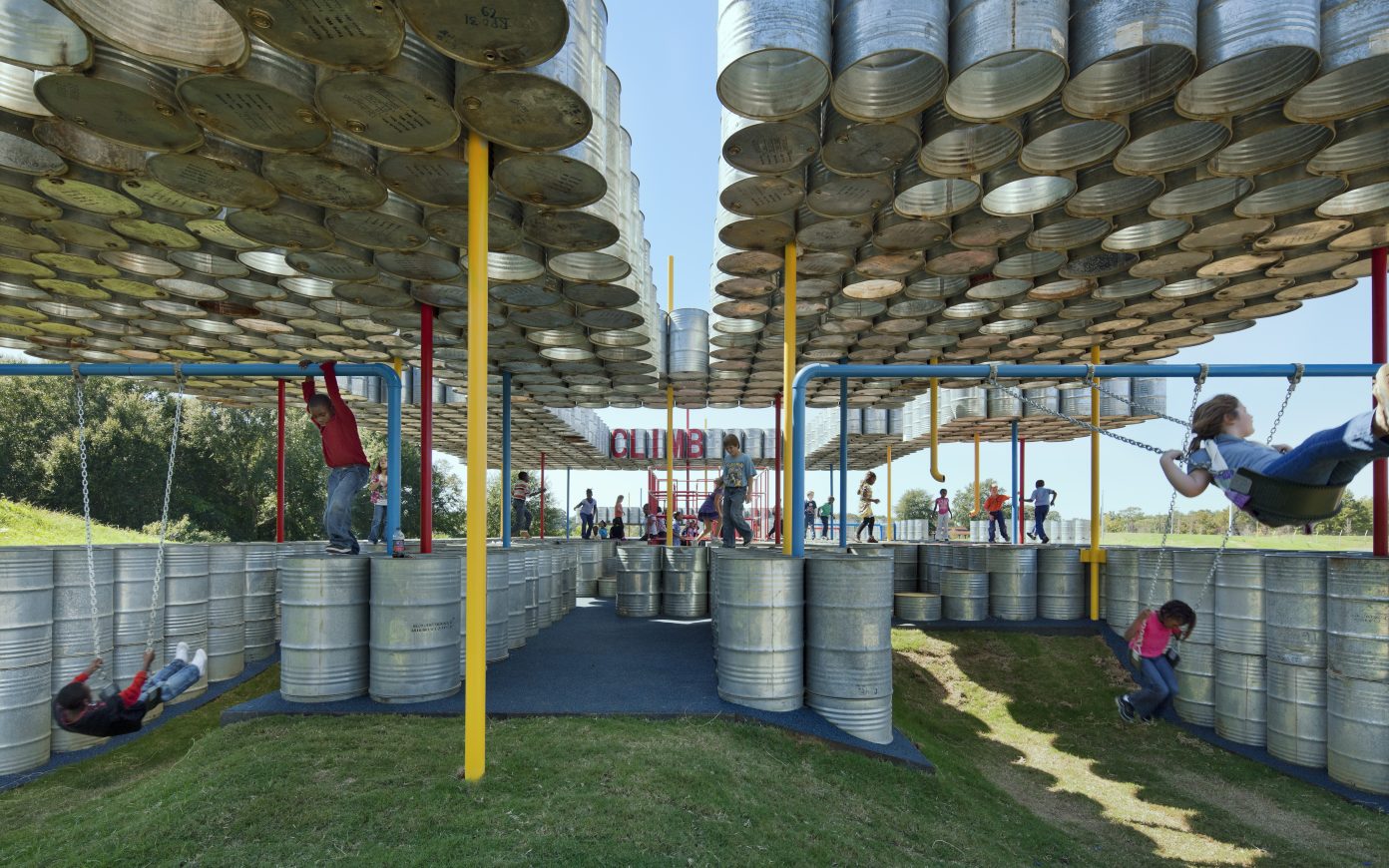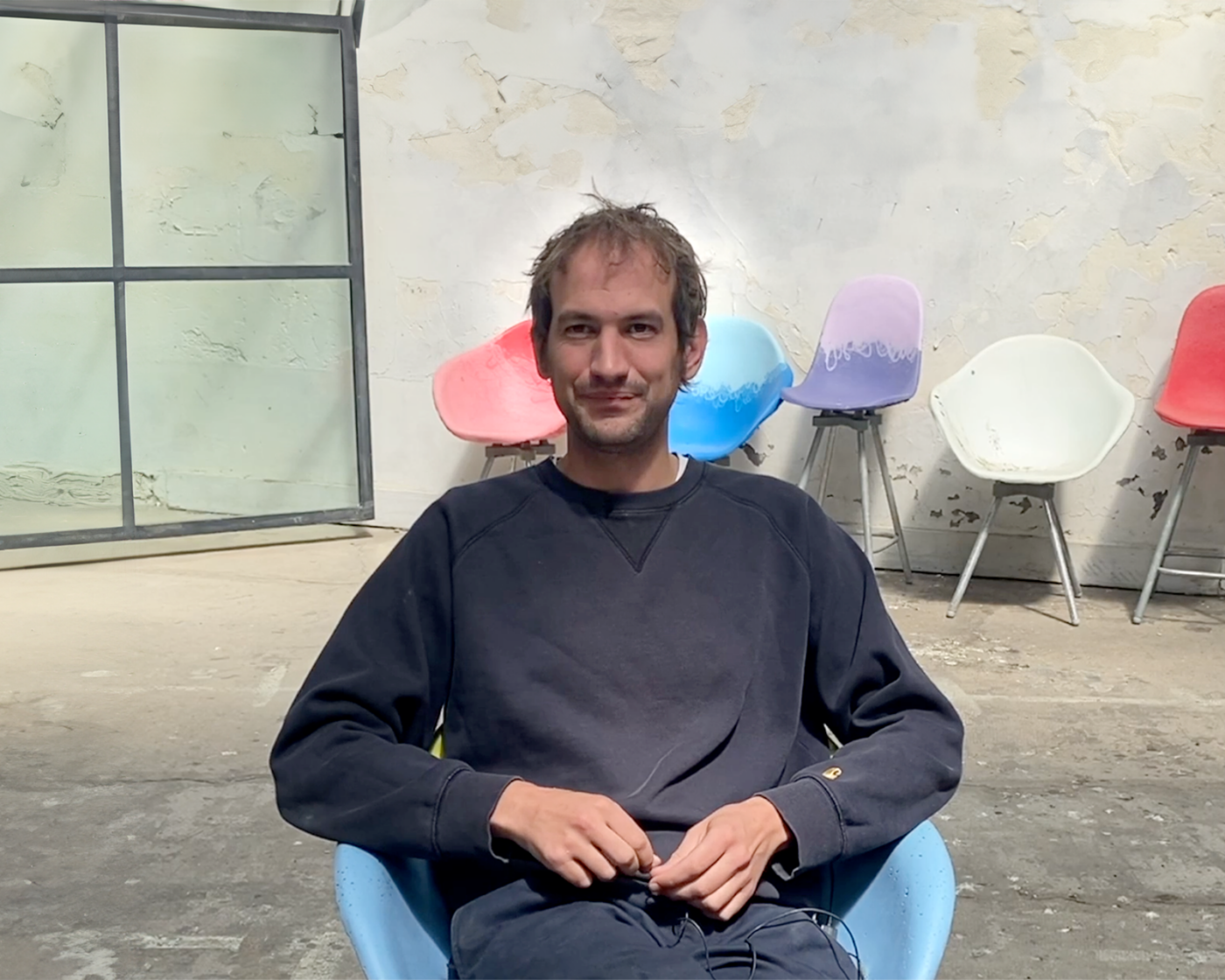A historical figure of prospective architecture, Yona Friedman describes the importance of the model of communication embodied by the living organism, a source of inspiration for an architecture for living beings rather than a living entity in itself. He looks back at technological developments in the field of communications, that allow us to do away with the classical urban imperative of proximity, and also looks back at the liberation of the individual with respect to networks, that still represented an obstacle when he was imagining the concept of “mobile architecture” in the fifties. Urban proximity has evolved to the point where it has transformed Europe into an urban continent, with different metropolises becoming one single and unique city, materialized by the TGV, the batteries and the cellphone of utopias of the nineteen sixties. Friedman continues to defend a “mobile architecture”, that anyone can adapt, while not denying the advisory role of the architect. He also struggles against urban density, advocating that a dilution of the city would allow nature to find its place – returning alimentary independence to urban spaces, according to spatialities that remain to be invented by the population itself, in a continuation of his pioneering work on self planning.
Text resulting from an interview with Philippe Chiambaretta and Gilles Coudert, in Yona Friedman’s apartment-workshop on September 21st, 2017, with the assitance of the Jérôme Poggi Gallery.











